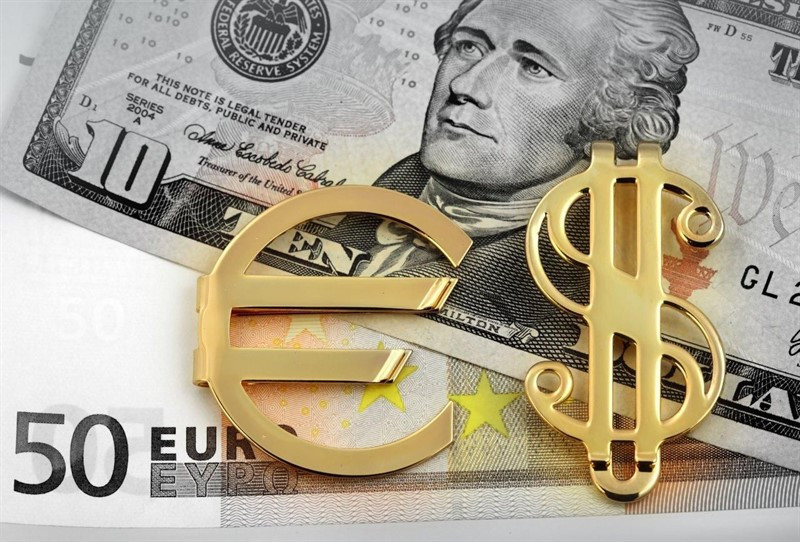
The US currency temporarily rose in March amid the coronavirus outbreak, however, it lost more than 13% of its value.
The USD index reached its lowest point since April 2018, dropping below 90 points.
Nevertheless, experts from Commonwealth Bank of Australia said that the launch of COVID-19 immunization campaigns in several countries, as well as additional fiscal support in the United States, reduced the risk of deterioration in the global economy and served as a good tool for improving market sentiment. This continues to be the main obstacle for the US dollar.
Many market participants believe that a weak dollar will contribute to the global economic growth and ensure a rally in risky assets next year.
However, the future fate of the US currency largely depends on how quickly the economies of Europe and Asia will recover from the coronavirus crisis compared to the United States.
Eurozone's preliminary PMI data released earlier in December showed that activity in the currency bloc's manufacturing sector grew faster than expected, while the services sector contracted less than expected. These reports added to optimism that the region's economy is beginning to stabilize, which in turn was a key factor contributing to the recent growth of the single European currency.
Meanwhile, IMF experts warn that the economic recovery in the eurozone in 2021 may not meet expectations amid a new wave of coronavirus in the region.
They said that if the dynamics of COVID-19 cases does not change significantly in the coming months, then economic activity in the eurozone will recover more slowly than we expected. Slower economic growth is likely to leave deep scars that will negatively affect the economy of the currency bloc in the future.

Amid the US dollar's weakening almost across the entire spectrum of the market, the main currency pair updated the 32-month highs, breaking the level of 1.2300. US stock indices also end the year near their peak levels.
According to Sam Stovall of CFRA research, the market is now on autopilot at the end of the year. However, we will be vulnerable in the short term due to the second round of US Senate elections in Georgia. If it turns out that we have two Democrats, that will be enough to force investors to rethink how optimistic they want to be.
The fact is that the upcoming January 5 re-election to the US Senate may transfer control of the Upper House of Congress to the Democrats. The latter will promote some of the initiatives by the recently elected, US President Joe Biden, which investors consider as unfriendly to the market, including raising the level of taxation for corporations.
In addition, a lot of different statistics for December will be released during the first week of new year. The releases across the US and Europe are likely to be weak, since restrictions were imposed again during the second wave of COVID-19. This could put an end to the prolonged vaccine optimism in the market and provide a fairly oversold dollar with a chance to rebound.
Bloomberg analyst, Garfield Reynolds, believes that the breakthrough in the Brexit negotiations, which became a negative factor for the US currency, is now left behind, while the ongoing deterioration of the global epidemiological situation creates prerequisites for the strengthening of the USD.
However, he warns that although a noticeable decline in the US currency is expected in the long term, it can suddenly rise in the short term which can surprise the market.
If this scenario works out, then we will be able to see the EUR/USD pair decline in January, that is, from its current levels to the level of 1.1800.





















